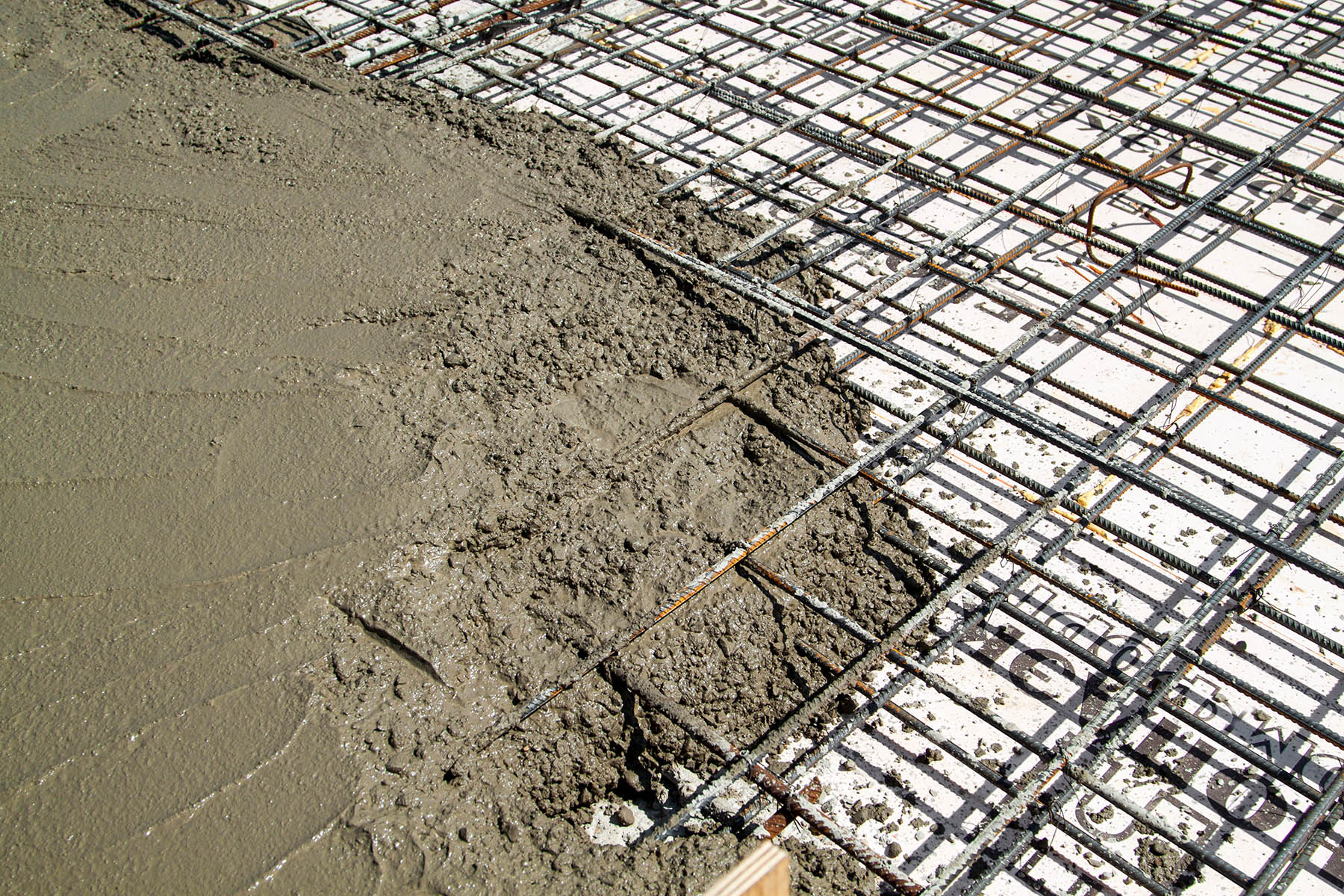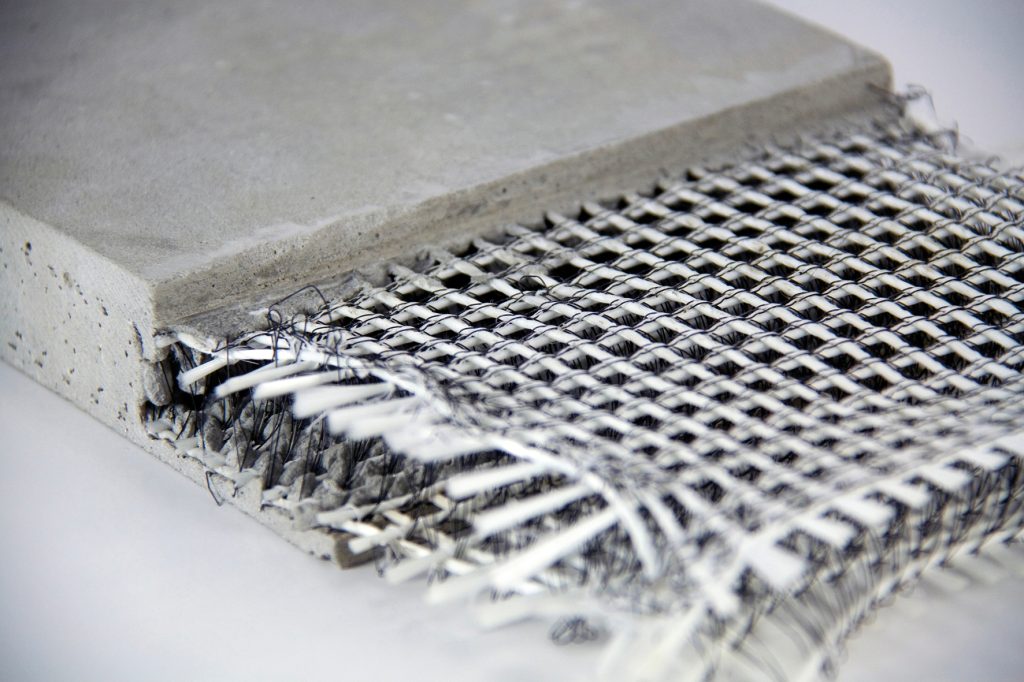

Reinforced concrete is a dominant material in modern construction, renowned for its exceptional strength and durability. Its widespread use in various projects, from towering skyscrapers to enduring bridges, highlights its critical role in shaping our built environment. This comprehensive guide delves into the intricacies of reinforced concrete, examining its fundamental principles, practical applications, and crucial design considerations. This article addresses the common questions and concerns about reinforced concrete. We’ll explore the science behind its strength, discuss its various uses in construction, and help you understand the practical considerations of using this important material.
Understanding the Fundamentals of Reinforced Concrete
Introduction to Reinforced Concrete
Reinforced concrete is a composite material consisting of concrete and reinforcing steel bars, often referred to as rebar. The combination of concrete’s compressive strength and steel’s tensile strength makes it a highly durable and reliable material for a wide array of construction applications. This fundamental understanding of the material properties will form the basis for understanding its usage in different structural elements. The structural integrity is dependent on the specific mix design and the careful placement of reinforcing steel. By understanding the basic elements of concrete mix proportioning and rebar layout, engineers can ensure a structurally sound and durable building.
The Role of Steel Reinforcement
Steel reinforcement plays a critical role in enhancing the tensile strength of concrete. Concrete, while excellent at resisting compressive forces, is inherently weak in resisting tensile stresses. Steel, on the other hand, is exceptionally strong in tension. Reinforcing steel bars (rebar) are strategically placed within the concrete mix to take on the tensile stresses, thereby significantly increasing the overall strength and ductility of the reinforced concrete structure. This integration of two contrasting materials is what truly enables its widespread use in construction.
Applications of Reinforced Concrete in Construction
Residential and Commercial Structures
Reinforced concrete is the preferred material for many residential and commercial buildings, owing to its high compressive strength, fire resistance, and durability. Its inherent ability to resist seismic forces makes it suitable for construction in seismically active zones. For example, numerous high-rise buildings utilize reinforced concrete, showcasing the material’s reliability and versatility in load-bearing applications. The ability to create complex geometries and shapes enhances architectural flexibility. One must also consider the cost-effectiveness of reinforced concrete compared to other materials for building construction in terms of both labor and material cost.
Infrastructure Projects
Reinforced concrete is indispensable for large-scale infrastructure projects. Bridges, roads, tunnels, and dams often rely on the material’s strength and durability in coping with significant loads and environmental stressors. For instance, a reinforced concrete bridge can withstand enormous vehicular traffic and withstand extreme weather conditions like high winds and heavy rains. Reinforced concrete exhibits high resistance to corrosion and degradation, making it an ideal choice for these crucial infrastructure projects. The high tensile and compressive strength of concrete allows it to withstand extreme weather conditions, ensuring long-lasting functionality.
Design Considerations for Reinforced Concrete Structures
Factors Influencing Concrete Mix Design
Various factors influence the design of a concrete mix. Key considerations include the intended use of the concrete, environmental conditions, and the desired workability of the fresh concrete. For instance, the concrete mix for a high-rise building will differ from that used for a residential driveway. The water-cement ratio plays a critical role in determining the strength and durability of the final product. Proper mix design requires careful consideration of these factors to ensure the desired strength and longevity. Testing and analysis of various concrete mixes are often undertaken to ensure the material meets specified criteria and quality standards.
Structural Analysis and Reinforcement Placement
Precise structural analysis is paramount in reinforced concrete design. Engineers must accurately assess the loads and stresses that the structure will experience throughout its lifespan. This includes considering factors such as live loads, dead loads, and environmental loads. This detailed analysis will inform the placement of reinforcing steel bars to ensure adequate tensile strength in areas susceptible to these loads. Careful placement of the reinforcing steel ensures a safe and long-lasting structure.
Concrete Properties and Performance
Compressive Strength and Tensile Strength
Concrete’s compressive strength is a significant factor in reinforced concrete design. This crucial property determines the material’s ability to withstand high loads and stresses. The tensile strength of concrete, however, is much lower, necessitating the incorporation of reinforcing steel. The balance between these two strengths dictates the appropriate design and implementation of reinforced concrete structures. Proper mix design and material selection are crucial to achieve the required strength.
Durability and Resistance to Environmental Factors
Reinforced concrete demonstrates remarkable durability and resistance to environmental factors, making it a reliable choice for numerous applications. Corrosion resistance, fire resistance, and resistance to weathering are all critical factors. Protecting concrete from harsh weather conditions and chemical attack is critical to its longevity, ensuring long-term stability and safety of the structures in question.
Case Studies and Examples of Reinforced Concrete Use
Iconic Structures
Numerous iconic structures around the world have utilized reinforced concrete, showcasing its enduring strength and architectural versatility. Consider the Empire State Building or the Burj Khalifa. Such colossal structures necessitate a deep understanding of reinforced concrete principles and construction methods to ensure safety and stability. The specific design of the reinforcement is crucial in achieving this.
Modern Applications
Reinforced concrete structures continue to adapt to evolving technological advancements. Contemporary designs leverage advanced computational tools and structural modeling to optimize the use of the material. This ensures strength and structural integrity while reducing material usage, lowering overall costs.
Key Considerations for Reinforced Concrete Design
Material Selection
Selecting appropriate concrete and rebar material is essential for optimal performance and durability. The quality and specifications of these materials significantly impact the structural integrity of the resulting construction. Understanding the specific needs of the project, including environmental factors and local building codes, will assist in the selection process.
Construction Techniques
Proper construction techniques are equally vital for achieving desired results. Careful planning, quality control, and adherence to established procedures are critical throughout the entire process. The interplay between concrete and steel is crucial and requires an experienced team.
Advanced Aspects of Reinforced Concrete
Prestressed Concrete
Prestressed concrete involves introducing initial stresses into the concrete members to counteract the anticipated stresses during their lifespan. This technique can enhance the structure’s capacity and reduce material use. It is employed in scenarios demanding higher load-bearing capacities, such as long-span bridges and large-scale projects.
Fiber-Reinforced Concrete
Fiber-reinforced concrete incorporates fibers into the concrete mix to enhance its mechanical properties. This can improve crack resistance, impact resistance, and overall durability. This enhancement is useful in areas that experience high seismic activity and other environmental factors.
This section answers frequently asked questions about reinforced concrete.
What are the primary applications of reinforced concrete in construction?
Reinforced concrete is widely used in a multitude of construction applications due to its exceptional strength and durability. It is a preferred material for constructing buildings, bridges, dams, and other large-scale infrastructure projects. The ability to mold reinforced concrete into various shapes and sizes makes it adaptable to intricate designs, further expanding its application. Factors like seismic activity and local building codes also play a role in the decision-making process when choosing reinforced concrete.
What are the limitations of reinforced concrete in construction?
While reinforced concrete boasts impressive strength and durability, certain limitations need consideration. The material’s high weight and potential for cracking under stress are important factors. Furthermore, the time required for curing and the inherent cost of specialized equipment can impact the overall project timeline and budget. However, advancements in construction techniques and materials continue to mitigate these challenges, making reinforced concrete a valuable and adaptable construction material.
Reinforced concrete, a cornerstone of modern construction, offers significant advantages in terms of strength, durability, and versatility. This article has explored the key aspects of reinforced concrete, from its foundational principles to practical applications in various structures. Understanding the material’s properties and limitations is crucial for engineers and construction professionals. Mastering the design and implementation of reinforced concrete structures is vital for creating resilient and sustainable infrastructure. If you’re looking to delve deeper into this fascinating field, consider exploring further resources and engaging with industry professionals. Learn more about reinforced concrete design by visiting our website!